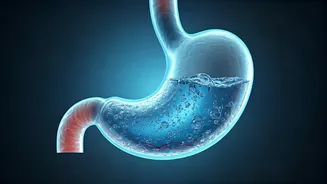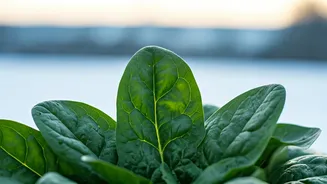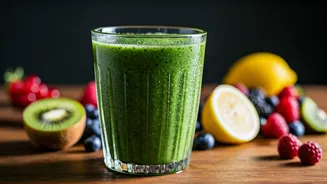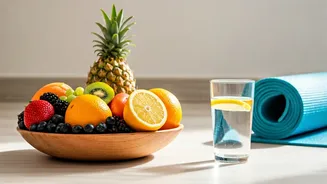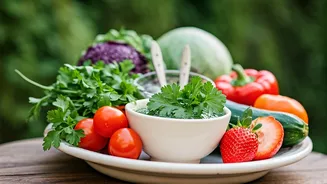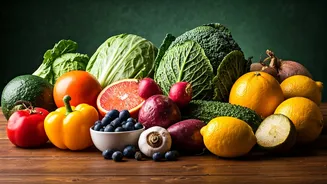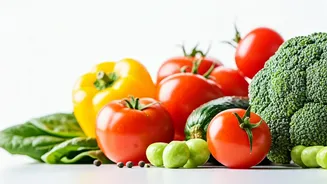Water Absorption Explained
The body’s hydration process is a carefully orchestrated sequence, influenced by multiple elements. When you consume water, it journeys from your mouth
through your digestive tract, where it starts its passage into the bloodstream. The rate at which water is absorbed is significantly affected by various factors. The intensity of your workout and your body's overall hydration level also have a role. For instance, if you're extremely dehydrated, your body will absorb water rapidly to address the deficiency. The speed of absorption is a critical aspect, dictating how fast you can recover after physical exertion and how efficiently your body functions. Absorption is also impacted by the contents of your stomach. If you drink water on an empty stomach, absorption generally happens more quickly than when food is present. The intestines are the principal site of water absorption, which involves osmosis, a process where water moves from an area of higher concentration (in the gut) to an area of lower concentration (the bloodstream).
Factors Affecting Absorption
Several factors can accelerate or decelerate the rate at which water enters your system. The kind of water is important; plain water is typically absorbed faster than beverages with added sugars or electrolytes, which take a bit longer to process. The temperature of the water can also play a role; slightly cooler water can sometimes be absorbed faster. Physical activity is another significant aspect. When exercising, your body directs blood flow to your muscles, which may slightly reduce the absorption rate in the digestive tract. However, the body’s need for hydration during exercise often promotes quicker overall absorption once the water is ingested. Individual metabolic rates play a part, too. People with faster metabolisms might absorb water slightly more rapidly than those with slower ones. Finally, the amount of water you drink at once can have an impact; chugging large quantities rapidly might not necessarily improve absorption, and your body can only process so much at once.
Debunking Hydration Myths
There are numerous misconceptions about hydration that can mislead people about their water intake habits. A common myth suggests that you should drink large quantities of water all at once to hydrate quickly. However, your body can only process a certain amount of water at a time. Another myth claims that only plain water can hydrate you, overlooking the hydration value of other beverages and even some foods. While water is undoubtedly essential, many fruits and vegetables also contribute to your daily fluid intake. It is often believed that you need to wait a long time to feel the effects of water intake. In reality, the body starts to absorb water within minutes. Lastly, the idea that thirst is the only indicator of dehydration is misleading. By the time you feel thirsty, you are already slightly dehydrated. Paying attention to other signals, such as the color of your urine, is a better way to monitor your hydration levels.
Optimal Hydration Practices
Adopting sensible hydration habits is key to ensuring that your body functions at its best. It's advisable to drink water consistently throughout the day, rather than waiting until you feel thirsty. Spreading your water intake over time allows your body to absorb fluids more efficiently. Monitoring your urine color is a practical way to assess your hydration levels; light yellow indicates good hydration, while darker shades suggest that you need more fluids. Carrying a water bottle with you can serve as a constant reminder to drink water, particularly when you're busy or active. Making water easily accessible, such as by keeping a glass on your desk or near you while watching TV, can help. Consider adding natural flavors to your water, such as slices of cucumber or lemon, to make it more appealing. Additionally, adjust your water intake based on your activity levels and the climate. You'll need more water when exercising or in hot weather.
